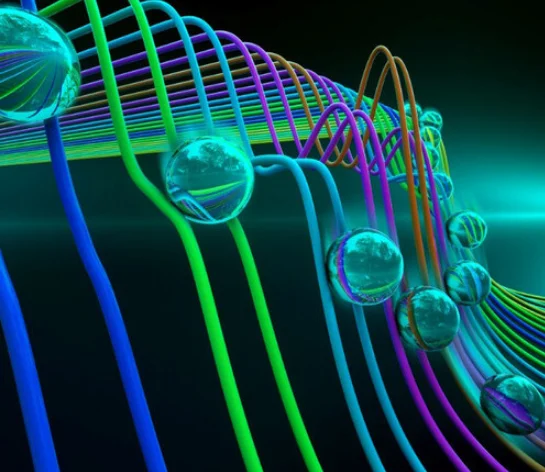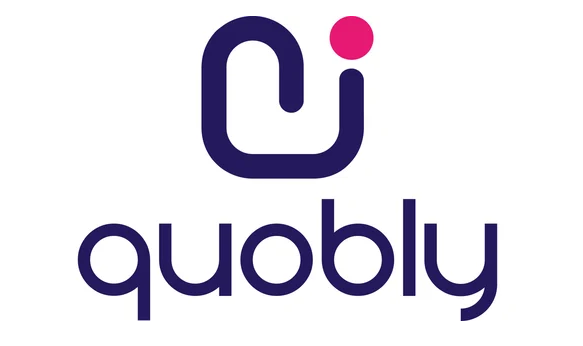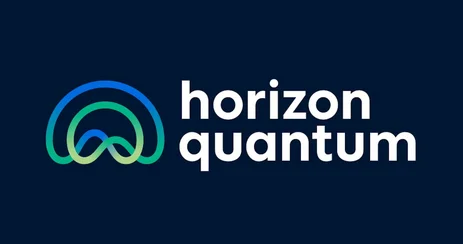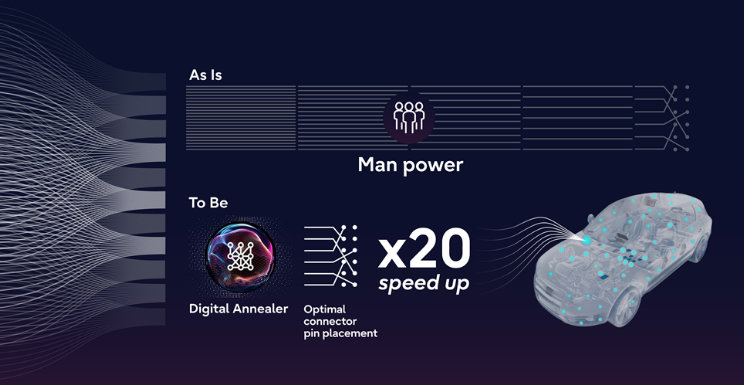Insider Brief
- Researchers achieved fast photon-mediated entanglement between barium ions, boosting entanglement rates by more than a third using ytterbium ions for continuous cooling.
- The introduction of a co-trapped ytterbium ion for sympathetic cooling eliminated the need for recooling interruptions, significantly boosting entanglement success rates.
- This work demonstrates a scalable method for linking quantum computing nodes, paving the way for large-scale quantum networks and enhancing quantum computing, communication, and sensing technologies.
A team of scientists demonstrated fast photon-mediated entanglement between trapped ions, an advance that the team reports is a major step forward in quantum networking, among other quantum technologies.
The experiment, led by the Duke Quantum Center, achieved a record in entanglement rates between two barium ions while employing ytterbium ions for continuous sympathetic cooling. The results, published in Physical Review Letters and an earlier version on ArXiv, suggest promising advances toward scalable quantum networks, which are critical for the future of not justquantum computing, but also communication and sensing.
Quantum Networking with Trapped Ions Background
Trapped ions are one of the promising candidates for quantum networking and computing. Their natural homogeneity and isolation from environmental noise — the arch enemy of quantum calculations — make them ideal qubits, capable of maintaining coherence for long periods. However, establishing entanglement between distant trapped ions — a fundamental requirement for distributed quantum networks — has remained a technical challenge due to the probabilistic nature of photon emission and detection.

In this experiment, the research team used two co-trapped barium ions, entangling them by interfering single photons emitted by each ion. The researchers used special lenses — called 0.8 numerical aperture objectives — to capture the tiny particles of light that were emitted by the ions. These photons were then combined and mixed through a fiber optic splitter, a device that helps them interfere with each other. This interference caused the two ions to become “entangled,” meaning their states became linked, so that what happens to one can probabilistically affect the other, even if they’re far apart, which is referred to as an entangled Bell state.
The entanglement fidelity exceeded 94%, setting a high benchmark for photon-mediated ion entanglement.
The team writes that the use of photon-based interconnects is essential for linking quantum computing nodes, a task that would be exceedingly difficult with more conventional methods.
“Photonic interconnects between quantum processing nodes may be the only way to achieve large-scale quantum computers,” the researchers wrote in the paper.
Continuous Cooling with Ytterbium Ions
One of the key innovations in this experiment was the use of an additional ytterbium ion for continuous sympathetic cooling. This allowed the barium ions to remain cold and stable during extended periods of entanglement generation, eliminating the need for periodic recooling interruptions, which can significantly reduce entanglement rates.
In previous experiments, ions had to be recaptured and recooled after a limited number of entanglement attempts due to the heating effects of photon recoil, which is slight heating caused by tiny pushes or jolts that atoms or ions feel when they emit or absorb particles of light. This led to time-consuming delays and lower success rates. By continuously cooling the ions with a co-trapped ytterbium ion, the Duke team was able to achieve a continuous entanglement attempt rate of 1 MHz and a sustained ion-ion entanglement rate of 250 entangled states per second. This represents a substantial improvement of about 37% over previous records, where entanglement rates had been limited to about 182 entanglements per second.
The use of ytterbium ions as sympathetic coolants addresses the issue of heating without directly interfering with the barium ions’ quantum state preparation or detection. This work provides a new path to more efficient quantum networking operations.
Photon-Mediated Entanglement Process
The researchers detailed the process, adding it begins by preparing the two barium ions in a specific quantum state using a combination of optical pumping and laser excitation. When the ions return to their ground state, they emit single photons, which are collected through high-precision optics and routed to a Bell-state analyzer. If the photons interfere in the correct manner, the ions are projected into an entangled state.
In this experiment, the team achieved a photon-mediated entanglement success rate of 2.4 × 10⁻⁴ per attempt — or about 1 out of every 4,000 tries — a figure that could be further improved by upgrading to faster control systems.
According to the researchers, the experiment’s fidelity and success rate are largely attributed to the use of the 0.8 NA objectives, which increased the photon collection efficiency to 23%, much higher than previous experiments using 0.6 NA objectives. These improvements would be important in addressing the inefficiencies typically associated with photon-mediated entanglement.
Toward Scalable Quantum Networks
The team’s findings point to a promising future for scalable quantum networks. One of the biggest challenges in building large-scale quantum systems is connecting distant qubits with high fidelity and at practical speeds. Photon-mediated entanglement is a leading solution to this problem, and the Duke team’s experiment may being the field one step closer to practical implementations.
By reducing inefficiencies in photon collection and introducing sympathetic cooling to eliminate time-wasting recooling cycles, the team demonstrated a substantial increase in entanglement rates. This could, for example, pave the way for linking multiple quantum nodes over long distances, a necessary step toward the development of large-scale quantum computers and communication networks.
In practical terms, photon-mediated entanglement allows for the distribution of entangled states between quantum nodes without the need for physically moving qubits. This not only reduces latency but also increases the scalability of quantum systems. The researchers cited prior work that suggested such photon-based interconnects would be necessary for achieving the full potential of quantum computing, enabling control over larger quantum systems and greatly increasing computational power.
Broad Implications for Quantum Technologies
The implications of this work extend beyond quantum computing. As the researchers write in the paper, “Interconnects between quantum memories, even without multi-qubit universal control, offer diverse opportunities in quantum sensing, communication, and simulation.”
It’s possible this work could inform post-quantum encryption techniques. For example, the ability to generate high-fidelity entanglement at high rates is a significant advance for applications such as quantum key distribution, where secure communication relies on entangled quantum states.
In the field of quantum sensing, networks of entangled quantum sensors could provide unprecedented precision in measurements, enabling advances in fields ranging from gravitational wave detection to materials science.
For quantum simulation, where researchers aim to model complex quantum systems that are otherwise too difficult to study with classical computers, the ability to entangle remote qubits could enable simulations of larger and more intricate systems.
Limitations and Future Directions
Despite the success of this experiment, the researchers acknowledge that further improvements are necessary before photon-mediated entanglement can be widely deployed in practical quantum networks. One area of focus is increasing the photon collection efficiency even further, potentially through the use of optical cavities or integrated photonic systems.
Another promising direction is the use of alternative ion species with higher photon emission rates. The team also noted that using faster control electronics could significantly reduce latency, further boosting the rate of successful entanglement events.
In the long term, building a network of quantum nodes that can exchange entangled states across long distances will require integrating these techniques into larger, more complex systems. The Duke team’s work represents an important step in that direction, providing key insights into the challenges and opportunities of building these scalable quantum networks.
The continued development of quantum networking technologies, such as those demonstrated in this experiment, could ultimately lead to the realization of the long-envisioned quantum internet, where information is transmitted securely and efficiently using the principles of quantum mechanics.
The study was conducted by Jameson O’Reilly, George Toh, Isabella Goetting, Sagnik Saha, Mikhail Shalaev, Ashish Kalakuntla, Tingguang Li, Ashrit Verma, and Christopher Monroe from the Duke Quantum Center, Departments of Electrical and Computer Engineering and Physics, Duke University. Allison Carter and Andrew Risinger, formerly of Duke, are now affiliated with the National Institute of Standards and Technology and Intel Corp., respectively. The team also included researchers from the Joint Quantum Institute at the University of Maryland, College Park.
For a deeper dive into the technical aspects of the research that this summary might not provide, read the paper on Physical Review Letters. Also, important to note, for access, I used the ArXiv paper, which may not be completely updated.


















